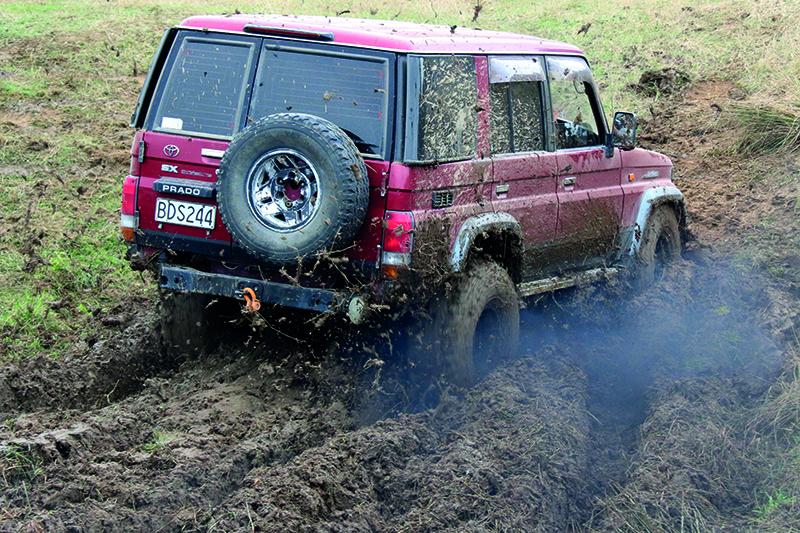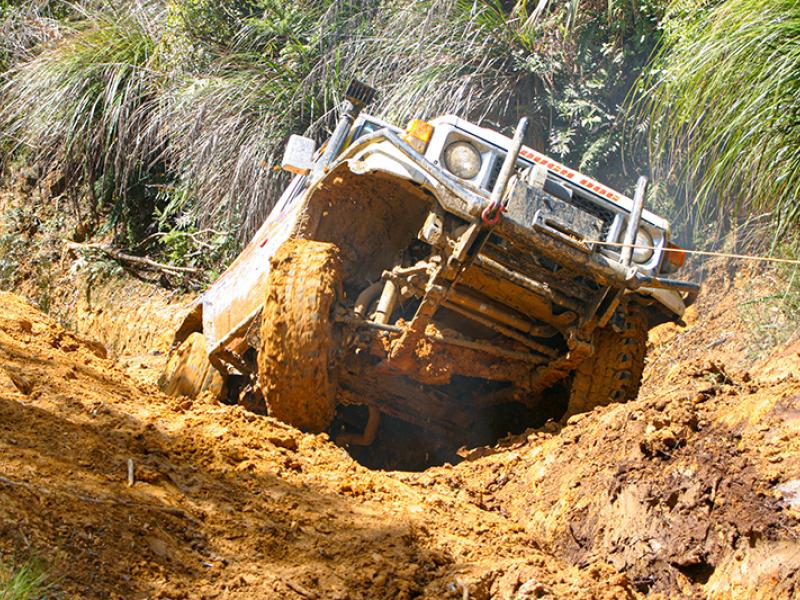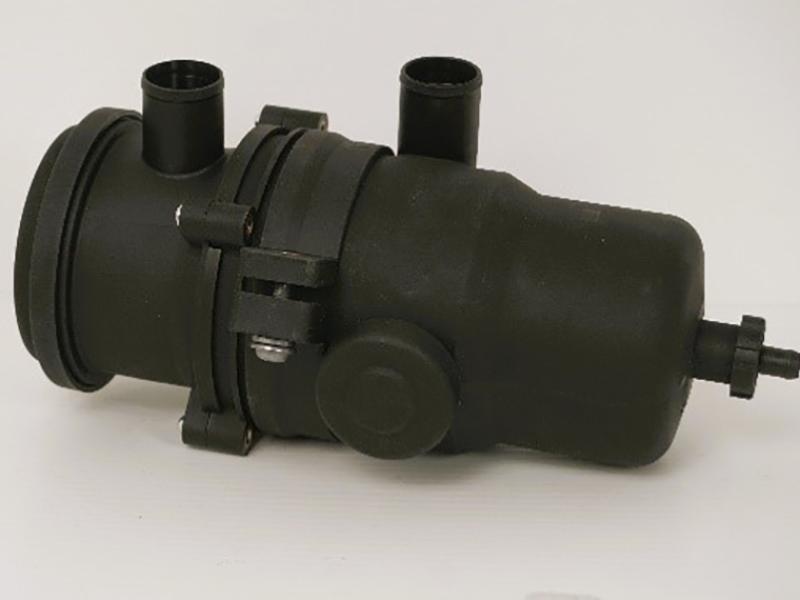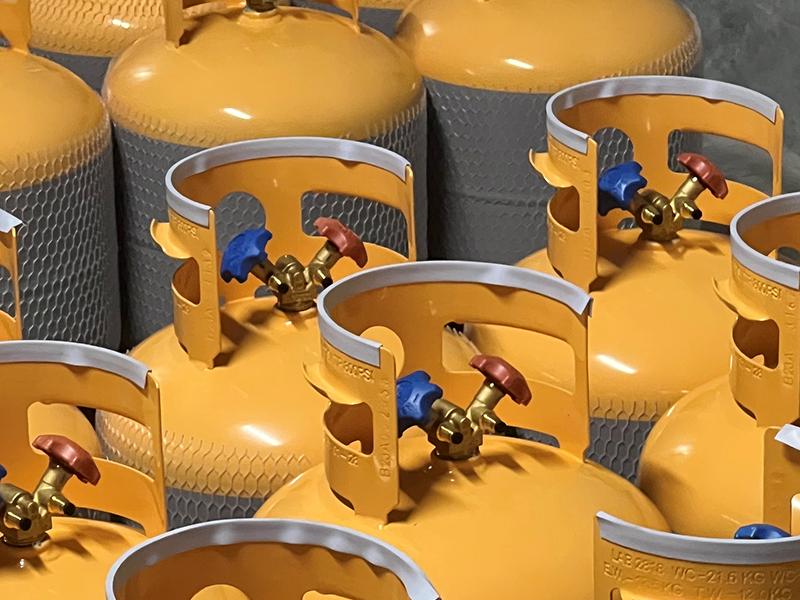New Zealand has had a bit of weather this year. The lucky 4WD owners out there have managed to have some fun too. Our ‘summer’ has taken its toll on roads, houses, livelihoods. It’s also had an effect on vehicles. At home or at the workshop, it’s time to take a close look at – or under – the vehicle.
Step 1: Clean thoroughly. Get down on both knees and clean everything under the vehicle. If using a pressure washer, avoid suspension joints, steering knuckles and brake components – they’re protected by rubber boots for a reason, and a fast jet of water will get inside the boot, sitting there and rusting the important metal parts.
Inspect everything looking for leaks (engine, gearbox, axles) and damage to components such as the exhaust system.
Do a basic spanner check – make sure everything that should be tight is – all that bumping around off road tends to shake things loose.
Step 2: Brakes need close attention. They suffer abuse without complaining, but going into winter, it’s time to give them a bit of love, a good clean-up and inspection of everything, and then a good thorough bleed-through to ensure the brake fluid is up to the job. Fresh fluid makes a world of difference to pedal feel and braking effort – a good bleed-through gets rid of old fluid near the calliper pistons and brake cylinders, purging impurities and air bubbles at the same time.
Check calliper and wheel cylinder protective boots for rock or stick damage and go closer if there is any brake fluid coating the components. Dry is good, wet is bad and indicates brake cylinder or piston seals are leaking.
Bear in mind, brakes will run hot off road, even at low speed. Disc rotors or drums will fail early if subjected to repeated use at high temperatures. Check those surfaces for cracking or ‘crazing’ and if in doubt, replace them. It’s an investment in safety.
Step 3: Suspension, Shock absorbers are ‘consumable’, they usually wear out without obvious problems. Give them the ‘bounce’ test, it’s more reliable than online recommendations. Push down on each ‘corner’ in turn, then release. If the vehicle only rebounds once, it’s fine. Two, three or more bounces and it’s time to replace them. Shock replacements can be done DIY in the garage unless the change is a more ambitious upgrade or people are grime-averse; in which case there are many very good suspension shops that can do the job.
On or off-road, changing shocks is a simple way to transform the vehicle’s handling and braking.
Step 4: Engine bay, again look for any oil or fluid leaks, check the radiator and oil cooler matrix for any mud collection – they may need cleaning, cooling systems work hard off-road, give them a treat and flush and refill with the correct protective fluid. Air and oil filters get a hard time off-road with dust and mud so clean or replace more frequently than for on-road use.
Whatever is on the maintenance worklist, and whether it’s DIY or ‘Do It For Me’, get into it so you are ready for the next adventure!






